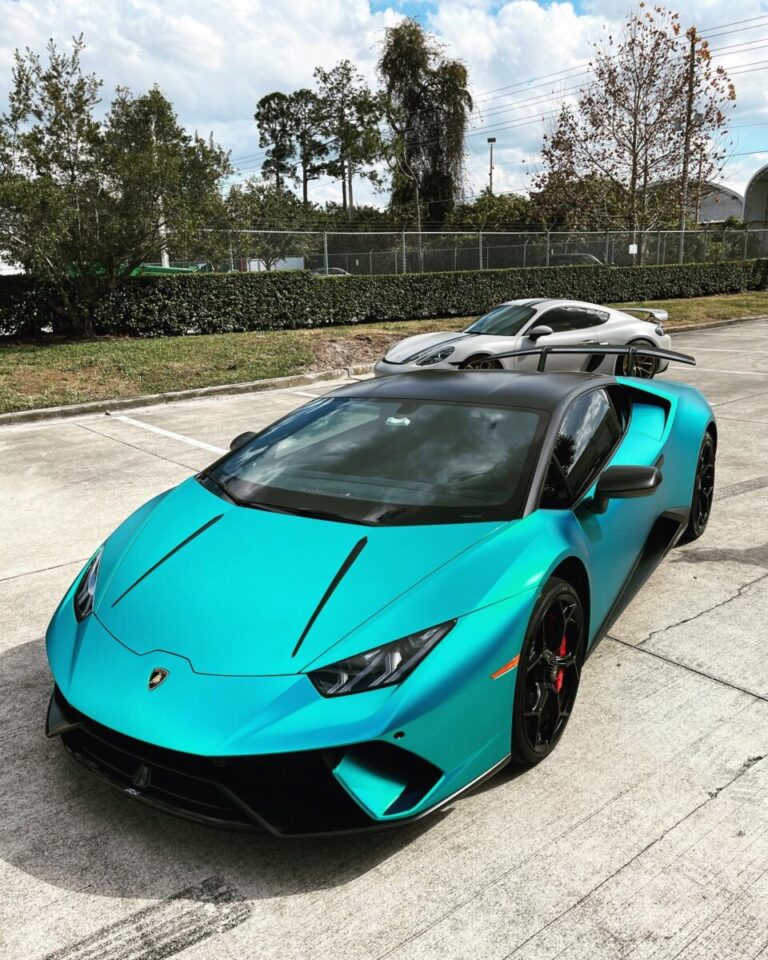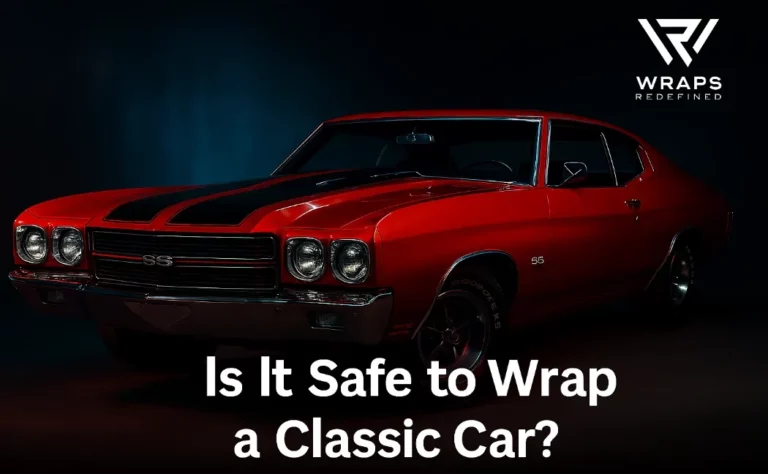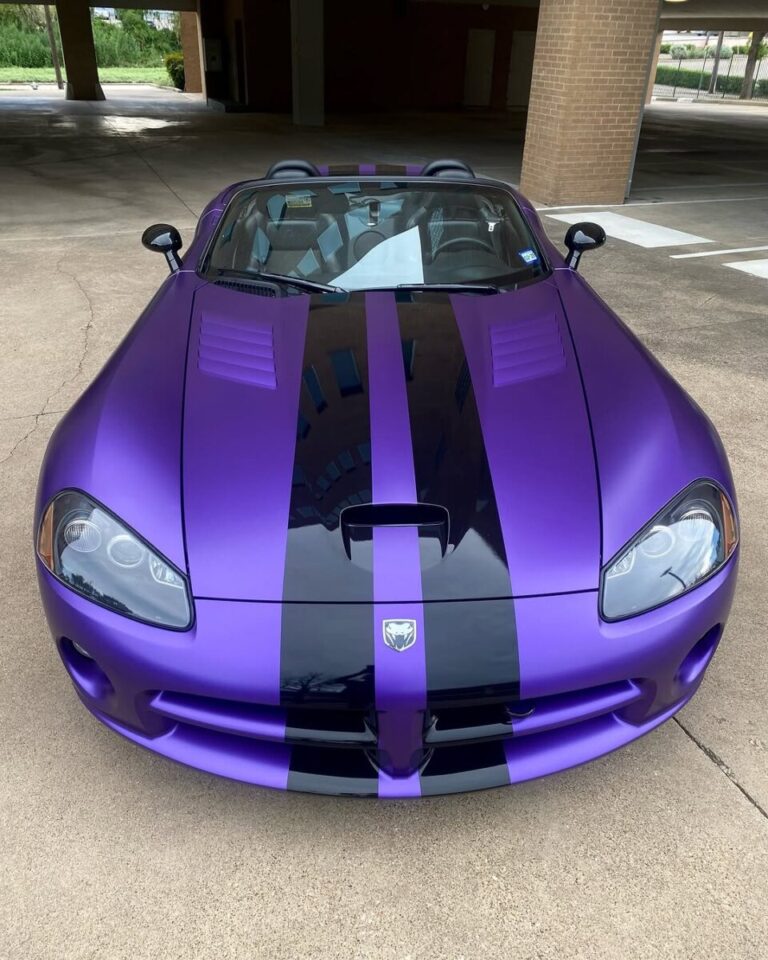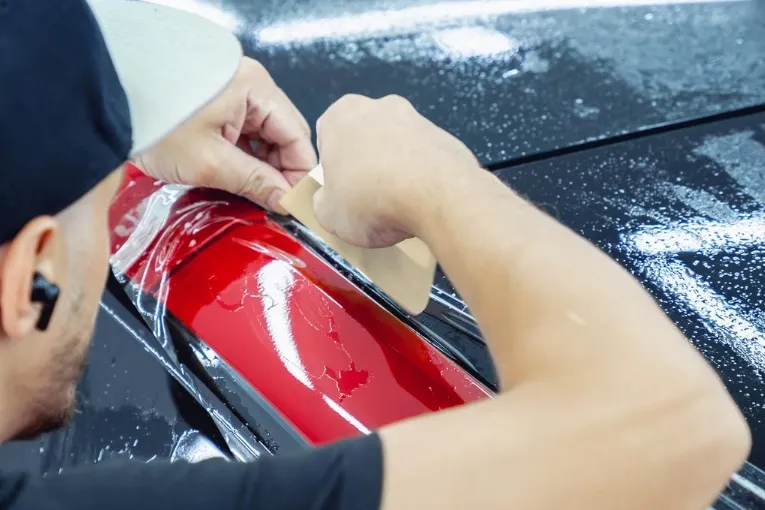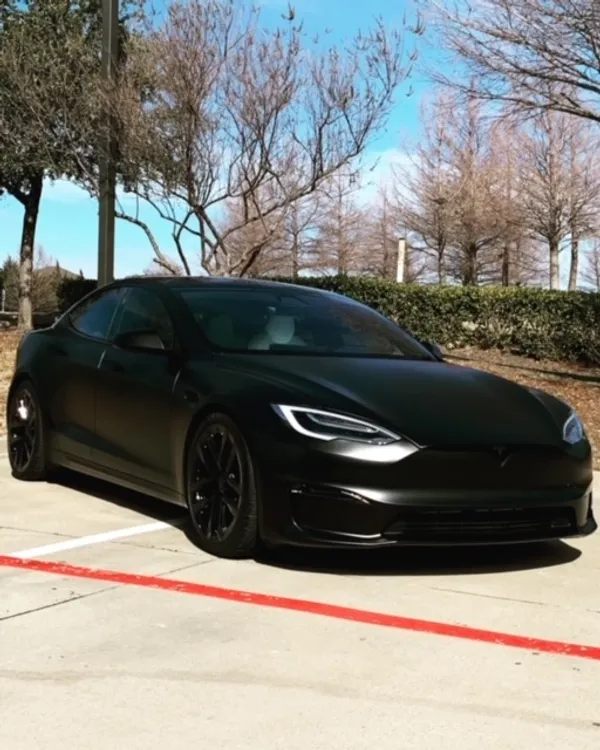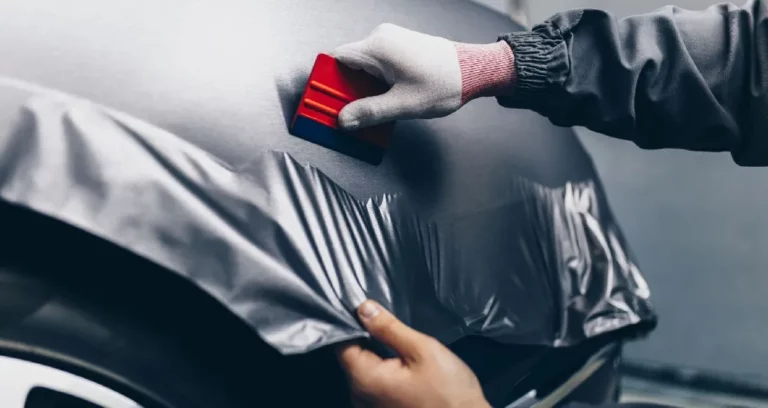Is It Safe To Take A Wrapped Car Through A Carwash?
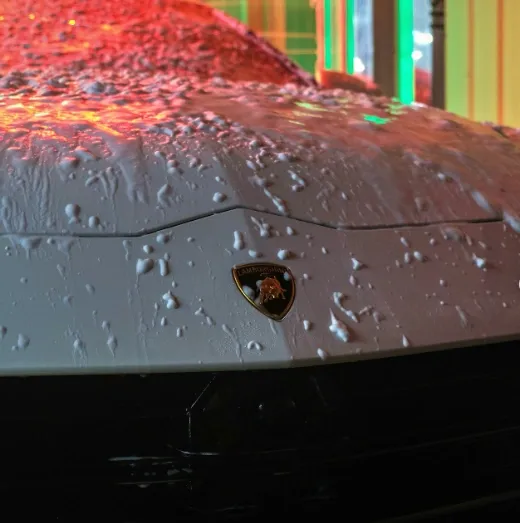
Wrapped Vehicles & Automatic Carwashes: What Every Wrap Owner Needs to Know
If you’ve invested in a custom vinyl wrap for your car, you’re probably very protective of that new look. After all, a wrap is more than just a pretty finish—it’s an investment in your car’s style and sometimes even its resale value. One common question that pops up in wrap forums and Google searches is: “Can I take my wrapped car through a carwash?” In this comprehensive guide, we’ll explore whether it’s safe to run your wrapped vehicle through an automated carwash, the differences between brush and brushless systems, and what you can do to ensure your wrap stays pristine.
Understanding Vinyl Wraps and Their Care
What Is a Vinyl Wrap?
A vinyl wrap is a high-quality adhesive film applied over your vehicle’s paint. It allows you to change the car’s appearance without committing to a permanent paint job. Vinyl wraps come in various finishes—from matte and gloss to metallic and textured designs—giving you endless customization possibilities. However, despite their durability, vinyl wraps can be susceptible to damage if not cared for properly.
Why Is Carwash Care Important for Wrapped Vehicles?
The way you clean your car plays a crucial role in maintaining the integrity of your vinyl wrap. Over time, dirt, grime, bird droppings, and other contaminants can build up on the surface. If left uncleaned, these contaminants can lead to discoloration or even cause the vinyl to peel. Yet, not all cleaning methods are created equal when it comes to wrapped cars.
The Carwash Dilemma: Automatic vs. Hand Wash
Automatic Carwashes: Convenience vs. Caution
Automated carwashes are undeniably convenient. You simply drive in, and the system takes care of the rest. However, many wrapped car owners wonder if these systems are safe for vinyl wraps.
The Risks with Brush Carwashes
Most automatic carwashes rely on rotating brushes or rollers to scrub the car’s surface. Unfortunately, these brushes can be too abrasive for a vinyl wrap. Here are some common issues associated with brush-based carwashes:
- Scratches and Swirls: The brushes can create microscopic scratches or swirl marks on the vinyl, which over time can dull the finish.
- Edge Lifting: The physical contact from brushes may lift the edges of the wrap, particularly if the installation wasn’t perfect.
- Chemical Exposure: Many carwashes use strong cleaning chemicals that aren’t always vinyl-friendly. Over time, these chemicals can cause the wrap to fade or degrade.
A popular Reddit discussion on the topic noted that many users recommend hand washing over using an auto-wash due to the risk of damage from brushes (reddit.com)
Touchless Carwashes: A Safer Alternative?
Touchless carwashes have emerged as a preferred alternative for wrapped vehicles. Instead of brushes, these systems rely on high-pressure water jets and detergents to clean your car. While this sounds like a better option, there are still some important caveats to consider:
- High-Pressure Risks: Even without brushes, high-pressure water jets can force water under the edges of your wrap. This might lead to bubbling or peeling if the wrap’s edges aren’t sealed perfectly.
- Chemical Considerations: Touchless systems often use stronger chemicals to compensate for the lack of physical scrubbing. Although they eliminate the abrasion factor, the harsh chemicals will still affect the longevity of your vinyl wrap.
Hand Washing: The Gold Standard for Wrap Care
While the convenience of an automatic carwash is tempting, the safest and most recommended method for cleaning a wrapped vehicle is to hand wash it. Hand washing gives you complete control over the cleaning process, allowing you to use gentle products and avoid any harsh mechanical forces.
Step-by-Step Hand Wash Guide for Wrapped Cars
- Rinse Thoroughly: Begin by rinsing your vehicle with a garden hose. Use a gentle spray to remove loose dirt and debris.
- Mix a Mild Soap Solution: Fill a bucket with water and add a small amount of vinyl-safe car wash detergent. Avoid harsh chemicals or acidic soaps.
- Wash with a Soft Sponge: Using a soft microfiber or sponge, gently wash the vehicle’s surface, working from top to bottom. This helps prevent dirty water from re-depositing on cleaner areas.
- Rinse Again: Once you’ve thoroughly cleaned the car, rinse it again with water to remove all soap residues.
- Dry with Microfiber Cloths: Use clean microfiber towels to dry your car. Air drying may lead to water spots, so manual drying is best.
- Inspect the Wrap: After drying, take a close look at the wrap. Check for any signs of damage like lifted edges or scratches, and address them immediately if necessary.
Following these steps not only keeps your wrap looking fresh but also extends its lifespan by minimizing the risk of chemical or mechanical damage.
What About Brushless Carwashes? Are They Really Safe?
The Appeal of Brushless Systems
For many busy drivers, a brushless (touchless) carwash can be an attractive compromise. They offer the speed and convenience of an automatic wash without the abrasive brushes. But how safe are they for a vinyl wrap?
Advantages of Touchless Carwashes
- No Abrasive Brushes: Since the cleaning is done with water jets and detergents, there’s no risk of physical abrasions from rotating brushes.
- Reduced Risk of Scratches: Without the physical contact from brushes, the chances of swirl marks or scratches are significantly lower.
- Consistency: Many touchless systems are automated to deliver a consistent wash every time, which can be reassuring if you’re concerned about human error in manual cleaning.
Points of Caution
- Pressure Settings Matter: Even though brushes aren’t involved, the high-pressure water jets used in touchless washes need to be set at a safe level. Pressure that’s too high will still force water under the wrap’s edges, causing lifting or bubbling.
- Chemical Use: The detergents used in touchless washes are typically stronger to make up for the lack of mechanical cleaning.These chemicals degrade and destroy the vinyl in a short amount of time.
- Edge Seal Integrity: A well-installed wrap with securely sealed edges is much more likely to withstand a touchless wash. If your wrap’s edges are weak or improperly installed, even a touchless wash could pose a risk.
Many experts agree that if you must use an automatic system, opt for a touchless carwash—and even then, try to avoid doing this if you want to get the most life out of your automotive wrapping.
Real-World Experiences and Expert Opinions
What the Car Community Is Saying
A quick dive into various automotive forums reveals a mixed bag of experiences:
- Reddit Users’ Views: Some Redditors swear by hand washing, while others have reported using touchless carwashes with no noticeable damage over time. However, the consensus leans toward caution: many advise that if you really care about your wrap, hand washing is the safest bet.
- Professional Insights: Car wrap professionals and installers often recommend hand washing as the best way to preserve the integrity of the wrap. Those who work with vinyl wraps regularly note that even minor abrasions can shorten the lifespan of a wrap.
For instance, one discussion on r/CarWraps highlighted that while many have taken their wrapped vehicles through touchless carwashes without issues, the risk of water pressure and harsh chemicals means that hand washing is always preferable (reddit.com)
A Cautionary Tale
There have been instances where improper use of automatic carwashes has led to damage. One Tesla owner recounted a harrowing experience where the carwash’s brushes and high-pressure jets caused significant damage to his vehicle’s finish. While his situation involved a painted car, the same principles apply to vinyl wraps. Such stories serve as a reminder that convenience should never trump the long-term care of your investment.
Best Practices for Keeping Your Wrap in Top Condition
Routine Maintenance Tips
To maximize the lifespan of your vinyl wrap, incorporate these best practices into your routine:
- Regular Hand Washing: Aim to wash your wrapped car at least once every two weeks or whenever it becomes noticeably dirty. This helps prevent the buildup of contaminants.
- Inspect Regularly: After each wash, take a moment to inspect the wrap. Look for any signs of damage like lifted edges, bubbles, or scratches, and address them promptly.
- Use Vinyl-Safe Products: Always choose cleaning agents that are designed for use on vinyl. Avoid any products that contain harsh chemicals or abrasives.
- Avoid Automatic Carwashes: If possible, steer clear of any automatic carwash—even touchless ones—especially if your wrap is new. Manual cleaning ensures you’re in complete control of the process.
- Dry Thoroughly: Never let your wrapped car air dry. Use microfiber towels to remove excess water, reducing the risk of water spots and streaks.
What to Do If Damage Occurs
Despite your best efforts, accidents can happen. If you notice damage to your wrap after a carwash:
- Document the Damage: Take clear photos of any issues. This is especially important if you’re covered under a warranty or if you need to file a claim.
- Contact Your Wraps Redefined: We can assess the damage and find the best solution to get you back on the road as quick as possible
- Always Seek Professional Advice: Avoid attempting to fix the damage yourself.
Brushless Carwashes: When and How to Use Them
Situations Where a Brushless Wash Might Be Acceptable
While the gold standard is always hand washing, there are times when a brushless carwash might be necessary—for example, if you’re traveling or facing extreme weather conditions that make hand washing impractical. In these cases:
- Ensure It’s Truly Touchless: Verify with the carwash provider that their system is completely brushless and uses gentle water jets.
- Ask About Pressure Settings: Some modern touchless systems allow you to adjust the water pressure. If possible, opt for a lower pressure setting to minimize the risk of water infiltrating the wrap’s edges.
- Limit Frequency: Don’t make touchless carwashes a routine. Reserve them for occasional cleanings when you really can’t wash the car by hand.
Final Recommendations for the Best Outcome
Ultimately, if you want to maintain the look and longevity of your vinyl wrap, there’s no substitute for careful hand washing. But if circumstances force you to use an automatic carwash, always choose a reputable touchless system and inspect your vehicle afterward for any signs of damage. Remember, your vinyl wrap is an investment—taking the extra time to care for it properly will pay off in the long run.
Conclusion: Protect Your Investment With the Right Cleaning Methods
For anyone who’s spent time researching online or chatting with fellow car enthusiasts, the verdict is clear: while it is technically possible to take a wrapped car through a carwash, doing so comes with risks. Traditional automatic carwashes that use brushes are a definite no-go. If you must use an automated system, a touchless carwash is a safer option—but even then, caution is advised.
Ultimately, nothing beats a good, careful hand wash. Not only does it ensure that your wrap remains in pristine condition, but it also gives you the peace of mind that comes with knowing you’re protecting your investment.
Whether you’re a weekend car enthusiast or rely on your vehicle for daily commutes, following these best practices will keep your vinyl wrap looking as fresh as the day it was applied. So, next time you’re faced with the decision of taking your wrapped car through a carwash, remember: convenience is tempting, but your car’s long-term beauty is worth the extra effort.
Keep your wrap protected, keep it clean, and enjoy the compliments that come your way every time you drive by. After all, your car isn’t just a mode of transportation—it’s a rolling piece of art.

